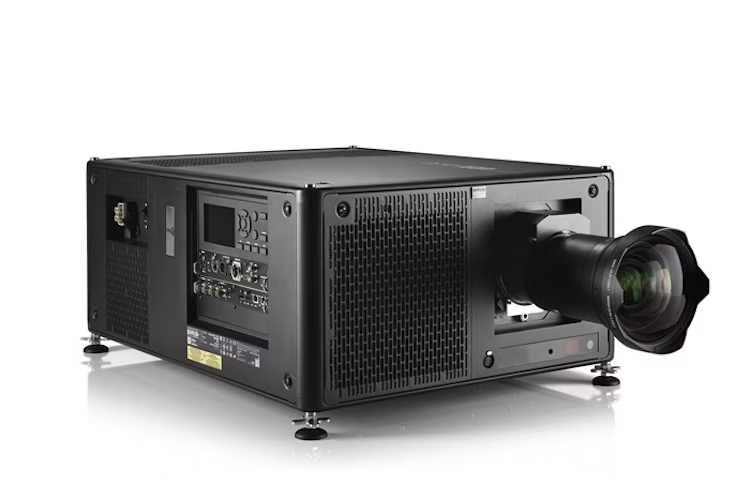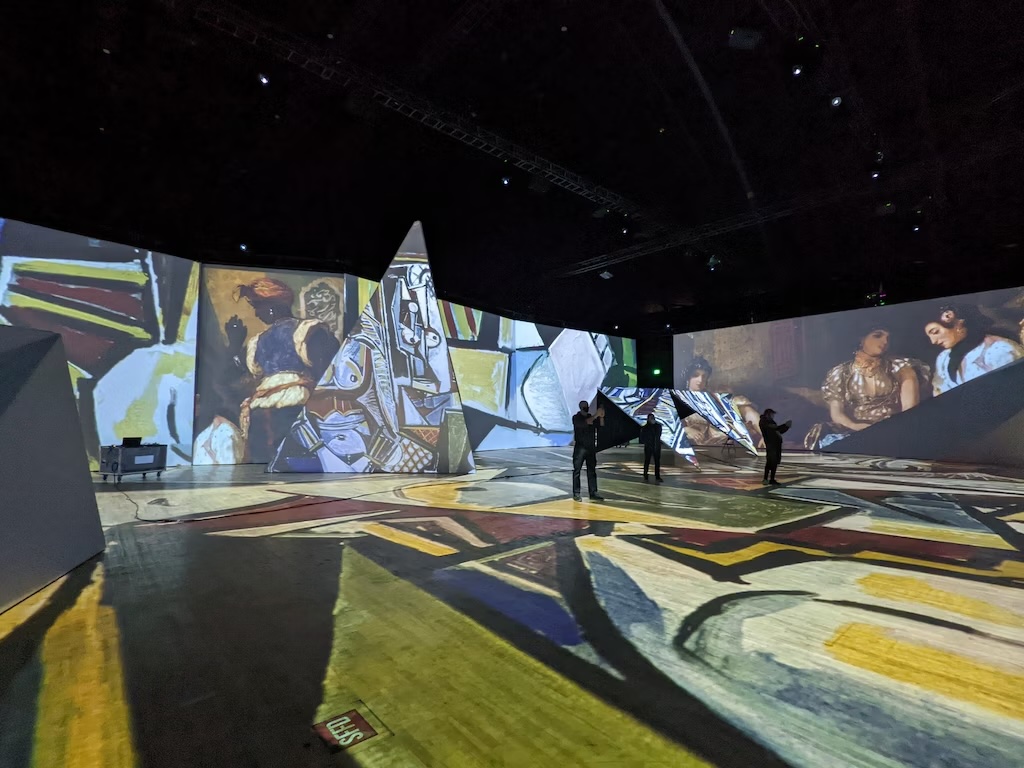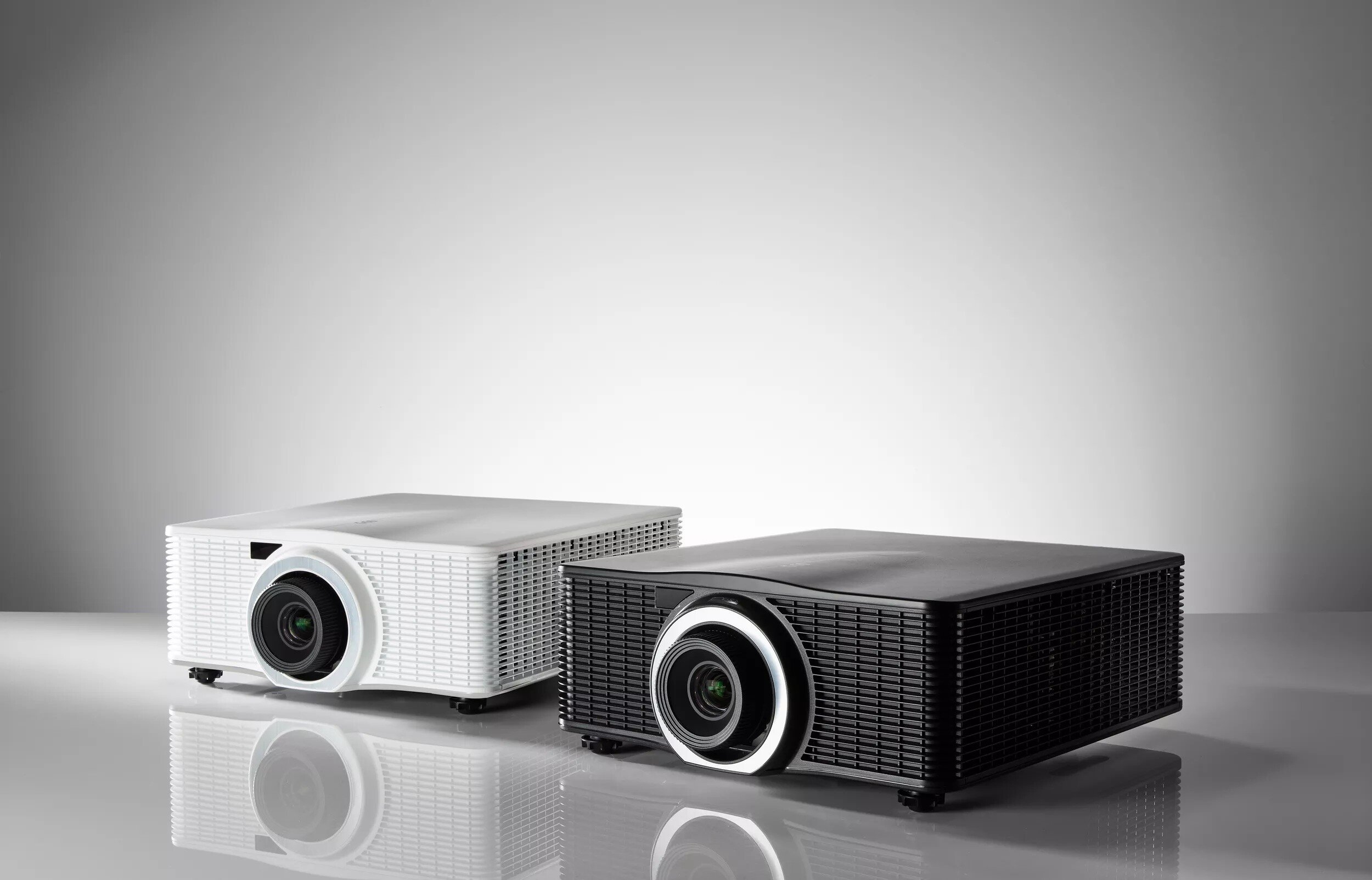How A Projector Works - A Detailed Guide

As the world becomes more dependent on digital media and visual presentations, the use of projectors remains a crucial tool for distributing information, entertaining an audience, and improving learning and education. Whether in classrooms, boardrooms, corporate meetings, movie theatres, or live event venues, projectors have emerged as the display device of choice in almost all settings. But have you ever stopped to wonder: How does a projector work? In order to understand how projectors function, let us analyze their main parts and operating principles.
Light Generation Process
At the core of a projector is the light source which is responsible for providing illumination that creates images. Projectors with conventional sources of light used to rely on lamps but the new ones offer LED and laser light engines for efficiency and durability. Light then passes through the projector’s optical system which comprises lenses and mirrors to manipulate the light beams.
Image Creation and Display
The projector's imaging system next processes these signals, breaking them down into individual pixels, which represent colors and brightness levels. High-end digital projectors adopt microdisplay technologies like DLP or LCD to produce images depending on their particular traits and exclusive features.
Projection Process
Once the image is created, the projector uses a range of methods to display it on a screen or other surface. Front projection, which is widely used, is when the projector is placed in front of the screen and the image is cast directly onto it. In contrast, rear projectors employ a projector behind a translucent screen, with the image projected from the back and viewed from the front.
Display Technologies
The quality of the projected image can be greatly affected by several factors, such as resolution, contrast ratio, and brightness. Resolution can be described as the number of pixels that form the picture; the higher this value, the clearer and more detailed the image is achieved. By fine-tuning these factors, projectors will be able to produce immersive viewing experiences that possess lively colors along with sharp images.
Inside the Projector: A Breakdown
Each of these steps is carried out by the projector’s crucial elements. These are as follows.
Light Source
The light from the projector creates the images. Conventional projector sources, such as metal halide or xenon lamps, have more recently been replaced by LED and now, laser light sources. These devices offer a steady and uniform brightness.
Projection Lens
The lens allows for focusing light on a surface. This component has a great influence on the propriety of the image, i.e., shape, size, and clarity. Well-made lenses minimize lens distortion and aberration and preserve the picture in its original appearance without distortion.
Digital Micromirror Device
The digital micromirror device (DLD) is the backbone of DLP (Digital Light Processing) projectors. Its structure is assembled from an array of micromirrors, each of which corresponds to a pixel of the final projected image. The mirrors can act quickly to reflect the light either inwards or away from the projection surface, making the image dark or bright. By fixing the inclination of the mirrors to the desired angles, the DMD generates brightness and colors that produce the desired image.
Liquid Crystal Display
Liquid Crystal Display (LCD) technology, for instance, is widely used in LCD projectors that rely on liquid crystal panels to create images. These panels are simply made up of layers of liquid crystal molecules that alternate with transparent electronic layers. By applying electrical current, liquid crystal molecules are arranged to monitor the light transmission that comes into the panel.
Save Big on Used Projectors at GearSource
Find your perfect visual tool at GearSource, where quality meets affordability. Our marketplace is home to an extensive selection of used projectors for sale. You will discover fantastic deals on second-hand projectors and screens. Our range of products is a perfect fit for all commercial use. Regardless of your commercial need for projection, we've got you covered with top brands and models like Barco, Christie and Panasonic, at unbeatable prices. Don't break the bank for a new projector when you can find the same quality at a fraction of the cost. Shop now and elevate your viewing experience with our curated collection of 2nd hand projectors.
FAQs
How does a projector handle resolutions and aspect ratios?
A projector performs resolutions and aspect ratios by scaling the input feed signal to match its native resolution and aspect ratio. When different resolution or aspect ratio signals are received, the projector processes them internally to adjust the image size and proportions with the best quality.
What are some common applications of projectors?
You can find the application projectors in the following areas.
- Rental and production companies
- A/V companies
- Commercial theater
- Concert touring
- Tradeshow companies
How do I maintain and care for a projector?
Some ways to maintain and care for a projector are:
- Clean the air filters
- Keep the projector cool
- Clean the lens
- Check for dust and debris
- Update software
- Transport with care
- Schedule regular maintenance

